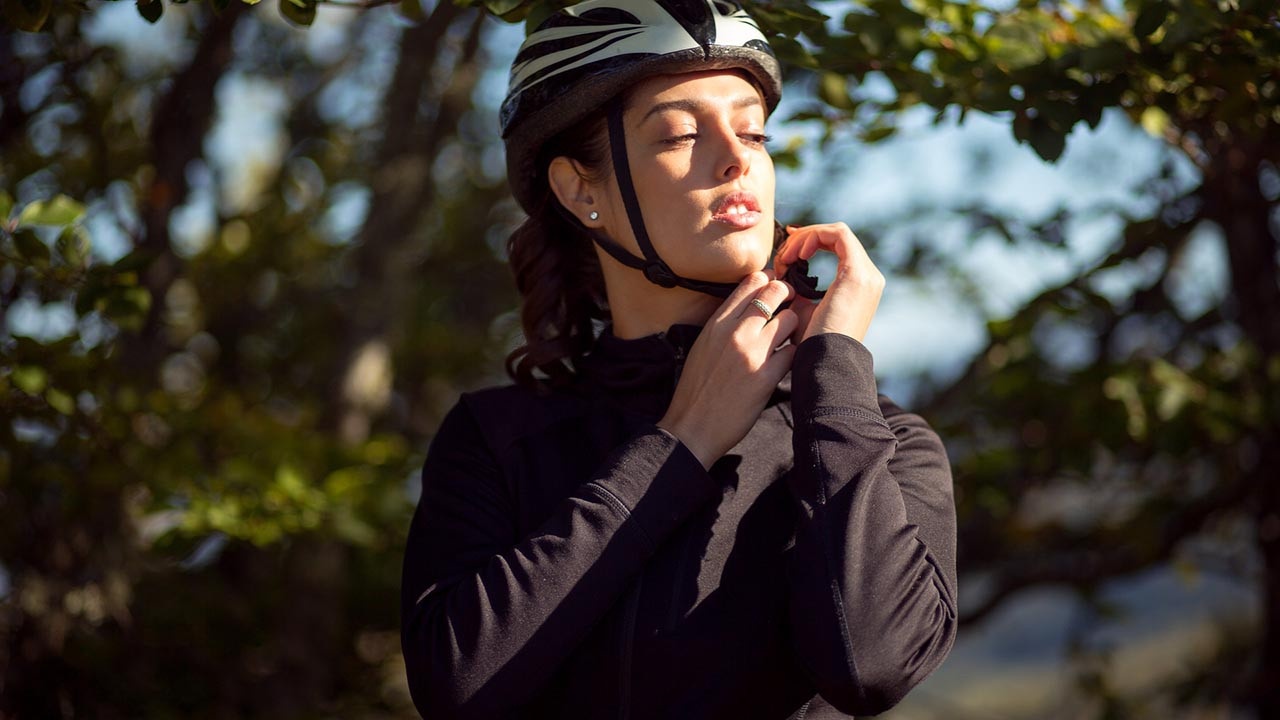
Heads-up on helmets
Today’s lightweight helmets are comfortable, aerodynamically designed and look great, too. Fitting your helmet properly and replacing it when it when appropriate is crucial to proper protection.
Bicycle helmets are single-impact helmets designed to withstand only one hard fall. They are also only designed to last up to three years. Hockey and snowboarding helmets are multiple-impact helmets that can be used for biking or rollerblading, but they are usually more much more restrictive and their cold-weather design could cause you to overheat in summer conditions.
Make sure your helmet fits right!
- The helmet should be snug, level and stable.
- It should comfortably touch the head all the way around, and be snug enough to stay firmly in place when you move your head from side to side.
How to fit a helmet
- Size. Measure your head for approximate size. Ensure the helmet fits snugly and doesn’t rock side-to-side when you move your head. Use sizing pads to ensure a secure fit. For children, make sure to adjust the pads as their head grows.
- Position. The helmet should sit level on your head and low on your forehead – one or two finger-widths above your eyebrow.
- Buckles. Centre the left buckle under the chin. On most helmets, the strap can be pulled from the back of the helmet to lengthen or shorten the chin straps.
- Side straps. Adjust the slider on both straps to form a v shape under and slightly in front of the ears. Lock the slider if possible.
- Chin strap. Buckle the chin strap and tighten it until it is snug, allowing no more than one or two fingers to fit under the strap.
If you a sports-related injury, seek professional health care attention. Your chiropractor is trained to treat sprains and strains in all age groups and can provide advice on sports training, nutrition and injury prevention for all athletes.

